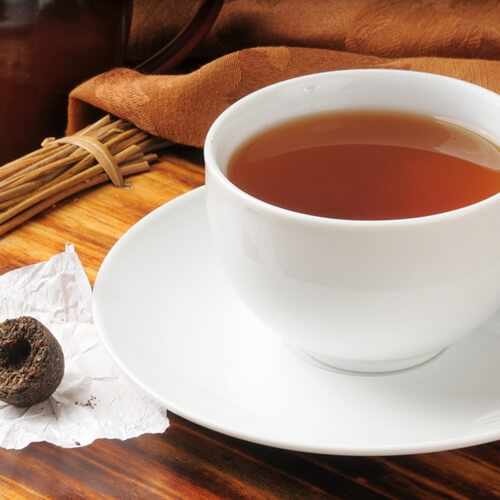Classifying Tea
With the Starbucks acquisition of popular tea chain Teavana, we can expect to see more and more Americans enjoying the ancient Chinese concoction. However, with the various different names and classifications, it can often be quite difficult to get a handle on what exactly the difference is between styles and types. In order to help, here is a quick primer on tea:
Different types, same leaf
There are five basic types of tea, and they all come from the same leaf. The difference in taste and color of the final product is the result of the unique production processes used for each type. The main categories of tea that Westerners are familiar with are White, Green, Oolong, Black and Pu-erh.
White tea: This type of tea comes from tea leaves that have undergone the least processing. To produce this type, young tea buds are plucked and then left to dry out in the sun. The result is very low caffeine content and the retention of the majority of the plant’s antioxidants. The taste of white tea is very mellow and slightly floral.
Green tea: These leaves undergo a bit more processing as they are rolled and shaped before being roasted or steamed to stop them from oxidizing. This oxidation process is what is responsible for turning green tea leaves brown. The high heat that green tea leaves are treated with stops the oxidation enzymes thus allowing the leaf to retain its green color.
Oolong tea: In order to make oolong tea, the leaves are allowed to semi-oxidize. The amount to which the leaves are allowed to oxidize varies from producer to producer, thus giving this type of tea a very complex range of possible flavors and aromas.
Black tea: The result of fully oxidized tea leaves, black tea has the highest caffeine content and the deepest, strongest color. The flavor tends to be earthy and intense.
Pu-erh: This version of tea takes fully oxidized tea leaves and then cultures them with bacteria, much in the same way cheese and yoghurt are produced. These teas are often formed into cakes and have the strongest and most complex flavors of all types of tea. Highly renowned in tea-drinking circles, it can be difficult to find in Western markets.
These basic types can be further altered to create various styles. For example, Earl Grey is traditionally a black tea type that has been flavored with bergamot. Working from these foundational types, a wide range of different styles are possible!


